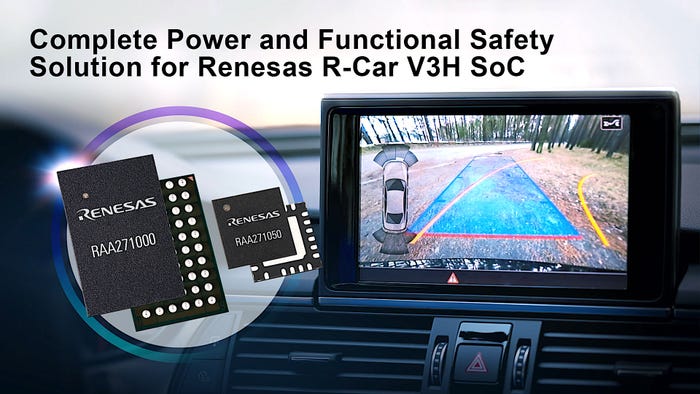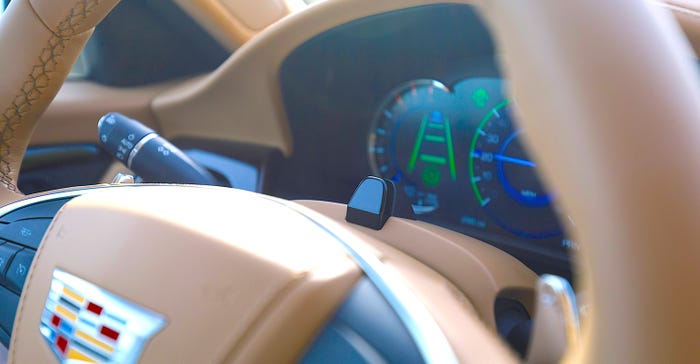Keeping an eye on the driver is crucial as computers automate some driving tasks.

Perhaps ironically, it is crucially important to monitor driver vigilance as cars’ capacity to do some driving chores themselves grows. That’s why Renesas is expanding its products that support driver-monitoring cameras.
The challenge for various stages of automation is that as the driver has less to do, he or she is more likely to become distracted from monitoring the car’s situation. But cars will not be able to safely drive themselves without supervision for many years yet, so it is critical that drivers safeguard these adaptive cruise control and automatic lane-keeping systems.
“The rising popularity of intelligent systems for applications such as driver monitoring, park assist, driver recognition, and occupant sensing, is stoking higher demand for deep learning functions as automakers look for new ways to enable smart camera applications,” said Naoki Yoshida, vice president of automotive digital products at Renesas.
To that end, Renesas rolled out a new system-on-chip (SoC) to deliver significantly improved deep learning performance for smart camera applications, including driver and occupant monitoring systems, automotive front cameras, surround view, and auto parking for high-volume vehicles up to SAE Level 2+. The company also introduced a new synchronous buck pre-regulator and a safe seven-channel power management integrated circuit (PMIC), which promises to reduce power loss, system cost, and design time.
“The updated SoC provides R-Car V3H customers a flexible, easy, and cost-effective path to higher computer vision performance for next-generation front camera systems,” said Yoshida.
The updated SoC combines sensor fusion on the real-time domain with an architecture optimized for smart computer vision. This new R-Car V3H delivers quadruple the processing performance of the earlier version and it achieves up to overall 7.2 TOPS processing including all computer vision IPs while maintaining low power consumption levels.

It is supported by the RAA271050, a new 42-volt synchronous buck ‘pre-regulator that turns the vehicle’s 12-volt power supply into an intermediate supply voltage of 3.3 volts or 5.0 volts for the V3H chip.
Additionally, the RAA271000 seven-channel PMIC (power management IC) takes the RAA271050’s output and steps it down further to other supply voltages needed by R-Car V3H and its peripherals such as LPDDR4 memory.
Both devices were developed per the ISO-26262 standard and support system safety requirements up to ASIL D. The solution satisfies all the power and functional safety requirements for the R-Car V3H, with the current capability to meet all power specifications, including sequence, voltage accuracy, and load step response.

The R-Car V3H SoC integrates a full set of automotive peripherals including CAN, Ethernet AVB, and FlexRay and features a full set of video processing and image recognition IP for advanced sensing and recognition, including CNN-IP, Computer vision engine, Image-distortion-correction IPs, Stereovision, Classifier, and Dense Optical Flow. Production is planned for the first quarter of 2022.
This should be sufficient to ensure that drivers are fulfilling their monitoring duties when the car’s computer takes the wheel.
About the Author(s)
You May Also Like





